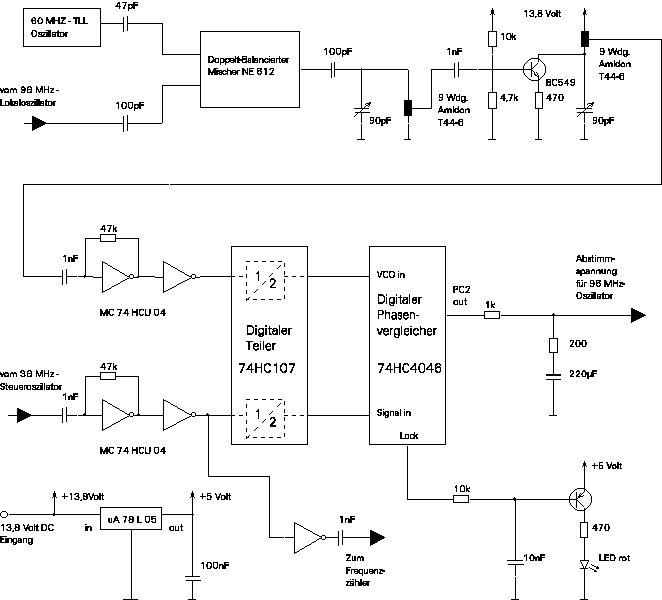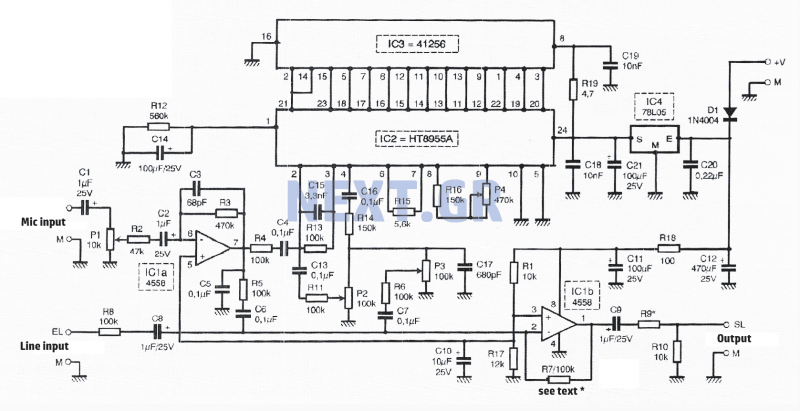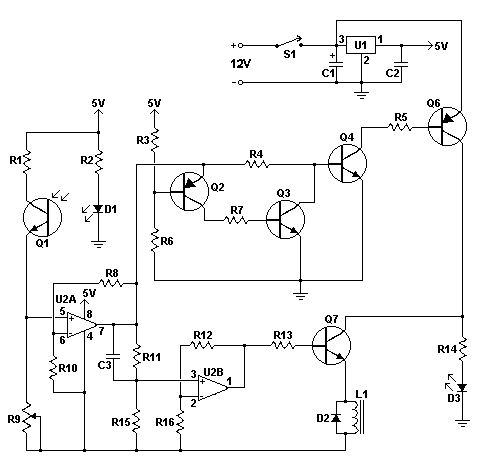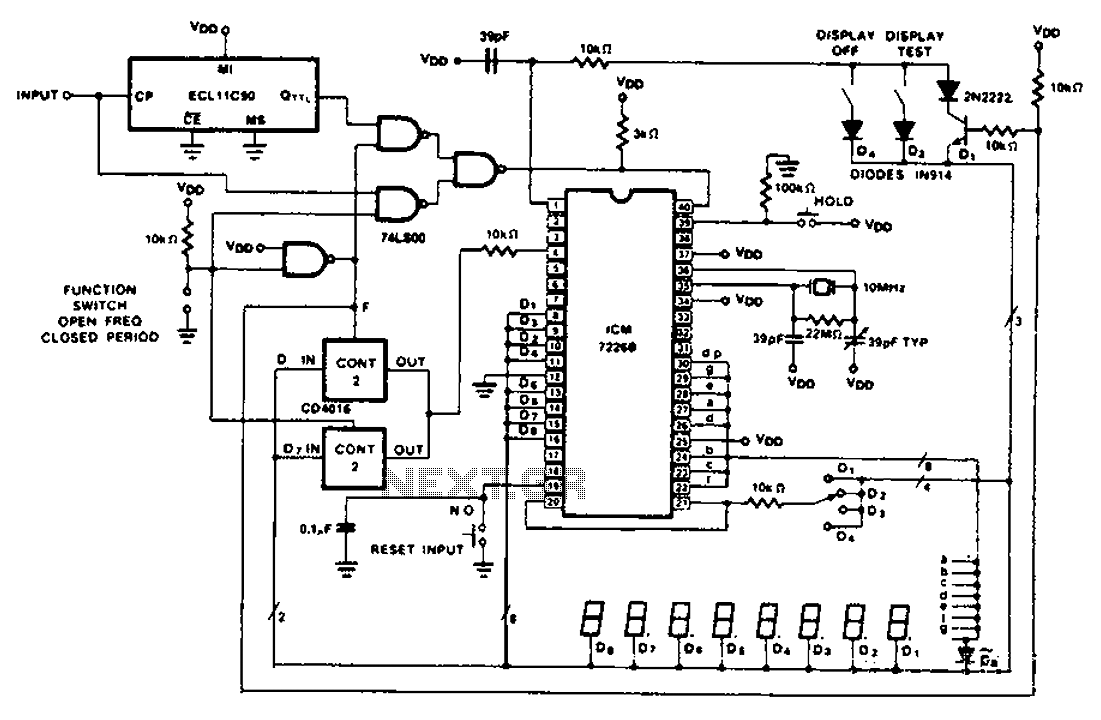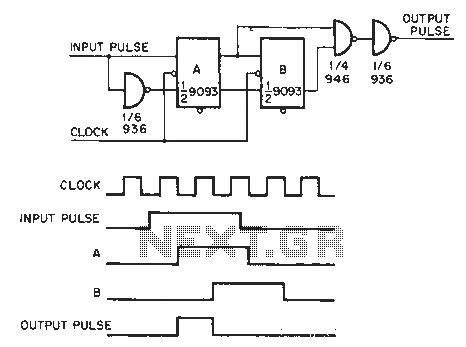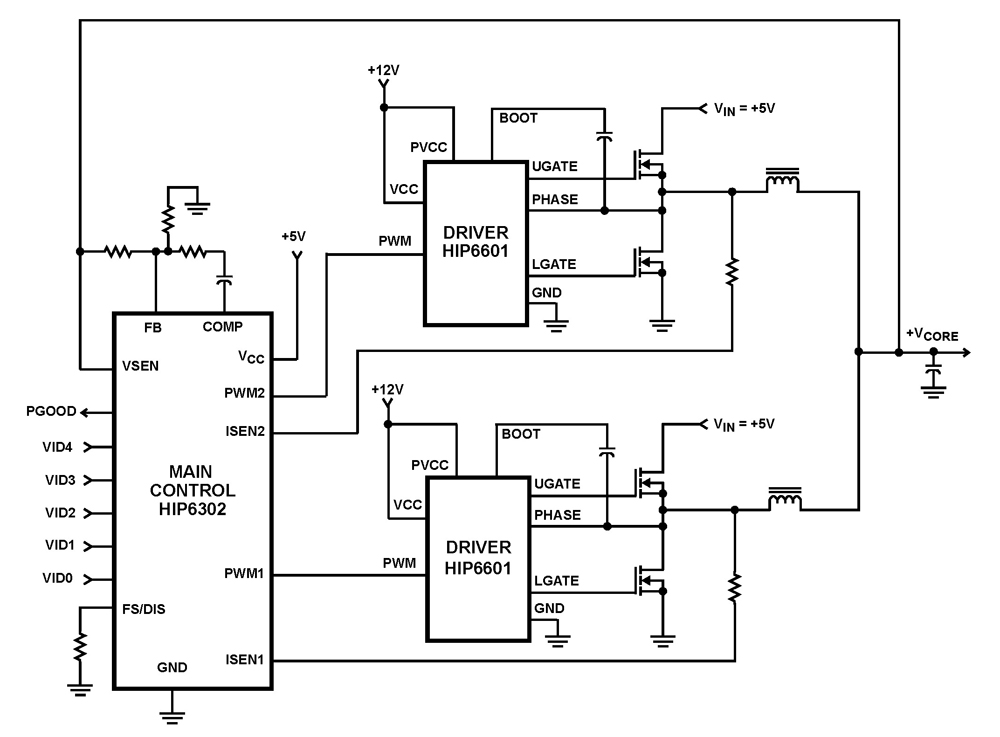
PGA103 offset voltage correction circuit diagrams
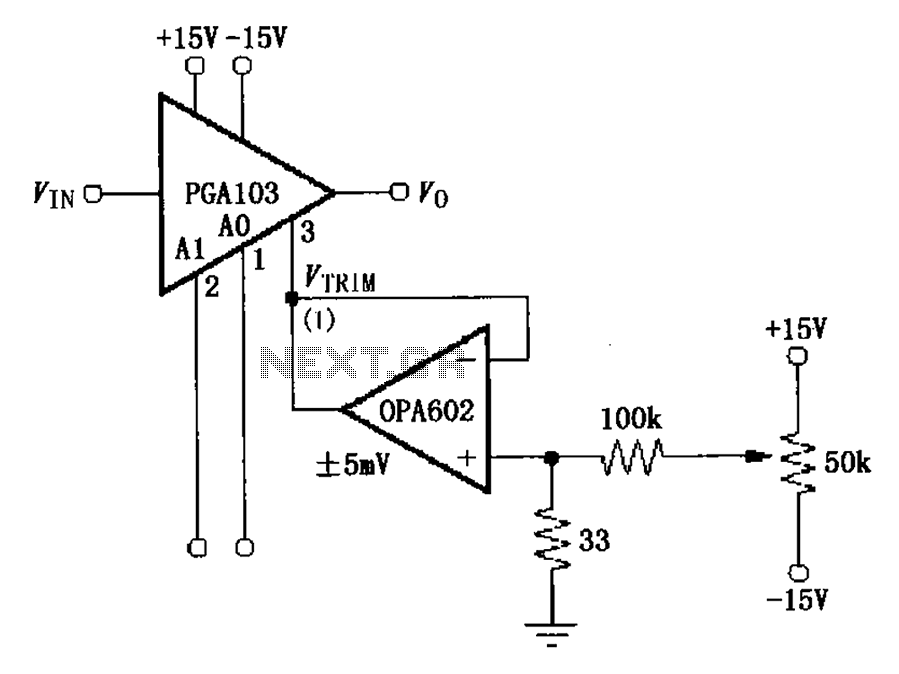
The PGA103 offset voltage correction circuit is designed to minimize the offset voltage for the PGA103 laser correction, ensuring that the gain for three typical offset voltage levels (relative to input) remains below 200 V. Each gain is associated with different offset voltage levels. The OPA602 operational amplifier is configured as a voltage follower to serve as a buffer. This configuration utilizes the low output impedance characteristics of the voltage follower to connect the correction circuit to the low resistance of the PGA103 pin, thereby maintaining the accuracy of the amplifier gain. A 50k potentiometer is incorporated to allow for the adjustment of the offset voltage to zero, resulting in an output voltage Vo equal to (VIN - VTRIM). Since the logic inputs A0 and A1 are referenced to the ground, the output voltage VTRIM from the OPA602 affects the calibration of the logic threshold voltage; it is therefore essential to set VTRIM at 0.1V.
The PGA103 offset voltage correction circuit is a critical component in precision analog applications, particularly in laser systems where accurate voltage levels are paramount. The circuit's design leverages the high-performance characteristics of the PGA103 and the OPA602 operational amplifier. The PGA103 is a programmable gain amplifier (PGA) that provides adjustable gain settings to accommodate various applications, while the OPA602 serves as a buffer to isolate the PGA from the subsequent circuitry, thereby enhancing overall system stability and performance.
In this configuration, the OPA602's role as a voltage follower is crucial. It provides a low output impedance, which is essential when interfacing with the PGA103. This low impedance ensures that the output of the correction circuit does not load the PGA103, preserving the integrity of the gain settings. The 50k potentiometer allows for fine-tuning of the offset voltage, enabling the user to achieve a zero-offset condition, which is vital for accurate signal processing.
The relationship between the output voltage Vo, the input voltage VIN, and the trim voltage VTRIM is defined by the equation Vo = VIN - VTRIM. This relationship highlights the importance of the trim voltage in calibrating the output to the desired level. The logic inputs A0 and A1, referenced to the ground, play a significant role in the digital control of the PGA103. The output voltage VTRIM must be carefully set to 0.1V to ensure that the logic threshold voltages are calibrated correctly, which is essential for the reliable operation of the system.
Overall, this circuit exemplifies the integration of analog and digital components to achieve high precision in voltage correction, making it suitable for applications that require stringent control over offset voltages and gain settings. As shown for the PGA103 offset voltage correction circuit. PGA103 laser correction, so the gain of the three kinds of typical offset voltage (relative to input) are lower than 200 V, and the gain of each different offset voltage. FIG OPA602 operational amplifier connected as a voltage follower as a buffer, the use of low voltage follower output impedance characteristics, in order to make the correction circuit and the low resistance of PGA103 pin is connected in order to maintain the accuracy of the amplifier gain. 50k potentiometer allows adjusting the offset voltage is zero, then the output voltage Vo G (VIN-VTRIM).
Because the logic inputs A0, A1 is referenced feet, so OPA602 output voltage VTRIM affect calibration logic threshold voltage, and therefore should be VTRIM 0.1V.
The PGA103 offset voltage correction circuit is a critical component in precision analog applications, particularly in laser systems where accurate voltage levels are paramount. The circuit's design leverages the high-performance characteristics of the PGA103 and the OPA602 operational amplifier. The PGA103 is a programmable gain amplifier (PGA) that provides adjustable gain settings to accommodate various applications, while the OPA602 serves as a buffer to isolate the PGA from the subsequent circuitry, thereby enhancing overall system stability and performance.
In this configuration, the OPA602's role as a voltage follower is crucial. It provides a low output impedance, which is essential when interfacing with the PGA103. This low impedance ensures that the output of the correction circuit does not load the PGA103, preserving the integrity of the gain settings. The 50k potentiometer allows for fine-tuning of the offset voltage, enabling the user to achieve a zero-offset condition, which is vital for accurate signal processing.
The relationship between the output voltage Vo, the input voltage VIN, and the trim voltage VTRIM is defined by the equation Vo = VIN - VTRIM. This relationship highlights the importance of the trim voltage in calibrating the output to the desired level. The logic inputs A0 and A1, referenced to the ground, play a significant role in the digital control of the PGA103. The output voltage VTRIM must be carefully set to 0.1V to ensure that the logic threshold voltages are calibrated correctly, which is essential for the reliable operation of the system.
Overall, this circuit exemplifies the integration of analog and digital components to achieve high precision in voltage correction, making it suitable for applications that require stringent control over offset voltages and gain settings. As shown for the PGA103 offset voltage correction circuit. PGA103 laser correction, so the gain of the three kinds of typical offset voltage (relative to input) are lower than 200 V, and the gain of each different offset voltage. FIG OPA602 operational amplifier connected as a voltage follower as a buffer, the use of low voltage follower output impedance characteristics, in order to make the correction circuit and the low resistance of PGA103 pin is connected in order to maintain the accuracy of the amplifier gain. 50k potentiometer allows adjusting the offset voltage is zero, then the output voltage Vo G (VIN-VTRIM).
Because the logic inputs A0, A1 is referenced feet, so OPA602 output voltage VTRIM affect calibration logic threshold voltage, and therefore should be VTRIM 0.1V.
